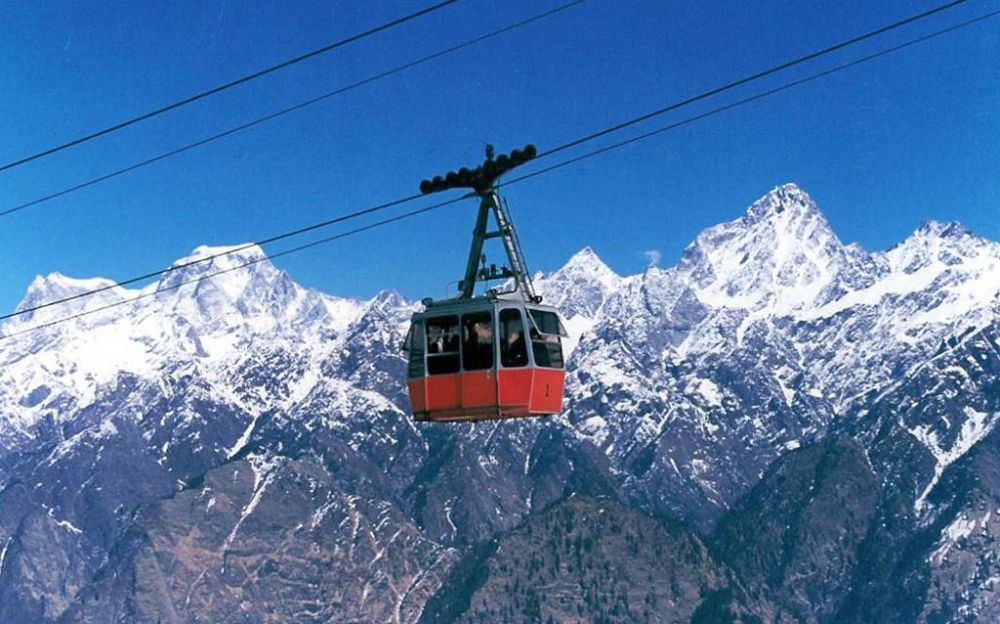

Darjeeling, known as the "Queen of the Hills," is a renowned hill station in West Bengal, India. With its exquisite tea gardens, mesmerizing scenic beauty, and the majestic Kanchenjunga mountain range, it has been attracting tourists from all over the world for well over a century. One of the significant attractions in Darjeeling is the Darjeeling Ropeway, officially known as the Rangeet Valley Passenger Cable Car.
The history of the Darjeeling Ropeway dates back to 1968 when it was established as India's first passenger ropeway. It was initially built to serve the primary purpose of transporting goods, especially tea, from the valleys to the top, facilitating the tea estates across difficult terrains. Providing a more efficient means of transport was crucial for the development of the tea industry, which remains one of the central pillars of Darjeeling's economy.
Recognizing the potential for tourism, the ropeway was eventually opened to the public, allowing visitors to experience spectacular views of the surrounding mountains and valleys. The ability to have a bird's eye view of lush tea gardens, dense forests, and the meandering rivers below rapidly caught the interest of travelers seeking unique experiences.
In 2003, the Darjeeling Ropeway faced a major setback when an unfortunate accident led to its closure. After a gap of nearly a decade, which involved a thorough overhaul and the introduction of modern safety features, the ropeway was reopened to the public in 2012. Since then, it has reclaimed its place as an indispensable attraction for visitors to Darjeeling.
Today, the Darjeeling Ropeway is a state-of-the-art facility offering a safe and enchanting journey across the beautiful landscapes of the region. It is a must-do for any traveler wanting to get a panoramic view of the Himalayan range, including the third highest peak, Mount Kanchenjunga. The ropeway spans approximately 8 kilometers and descends from an altitude of 7000 feet in Darjeeling to 800 feet at the base station in Singla.
The ropeway plays a significant role in the tourism industry of Darjeeling, providing employment opportunities and contributing to the economy. Tourists often combine their ride with a visit to the tea gardens and sample the world-renowned Darjeeling tea. It remains a testament to the vision of linking tourism, convenience, and economic development in the region.
With an increasing number of tourists seeking immersive and eco-friendly experiences, Darjeeling Ropeway offers a unique opportunity to explore the natural environment responsibly. Sustainable tourism has become a leading trend in the area, with initiatives aimed at conserving the environment while promoting the rich cultural heritage of Darjeeling.
In conclusion, the Darjeeling Ropeway stands as an iconic landmark not just for its scenic rides but also for its historical significance in transforming the region's approach to commerce and tourism. It continues to enchant visitors, offering a blend of adventure, tranquility, and a touch of history.